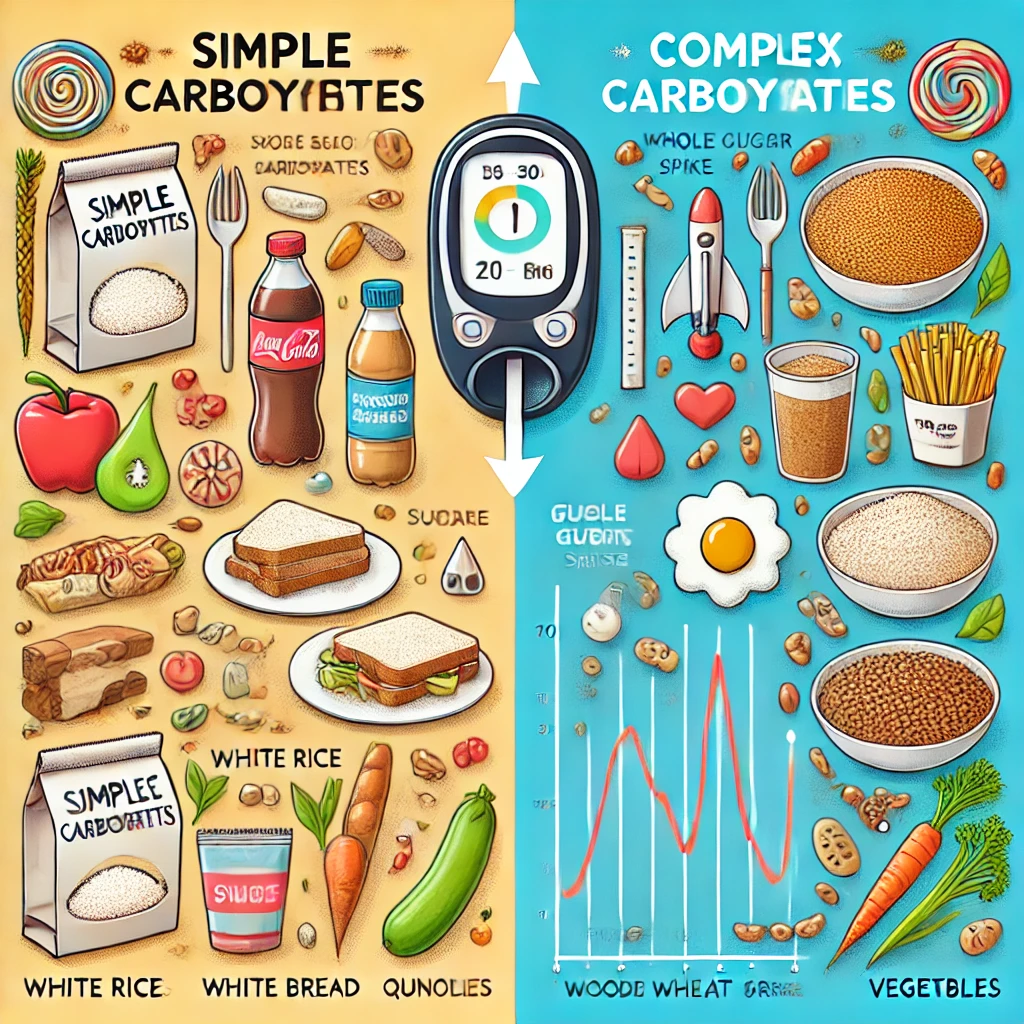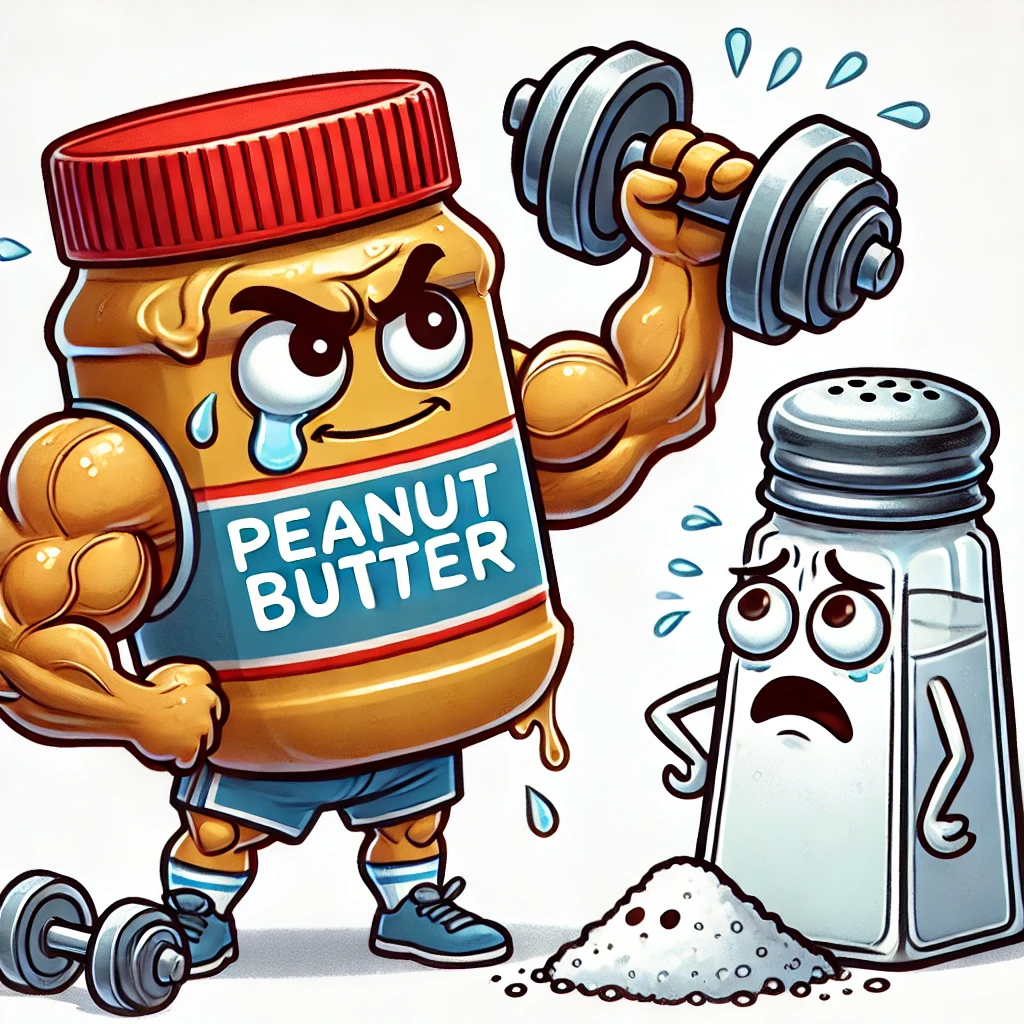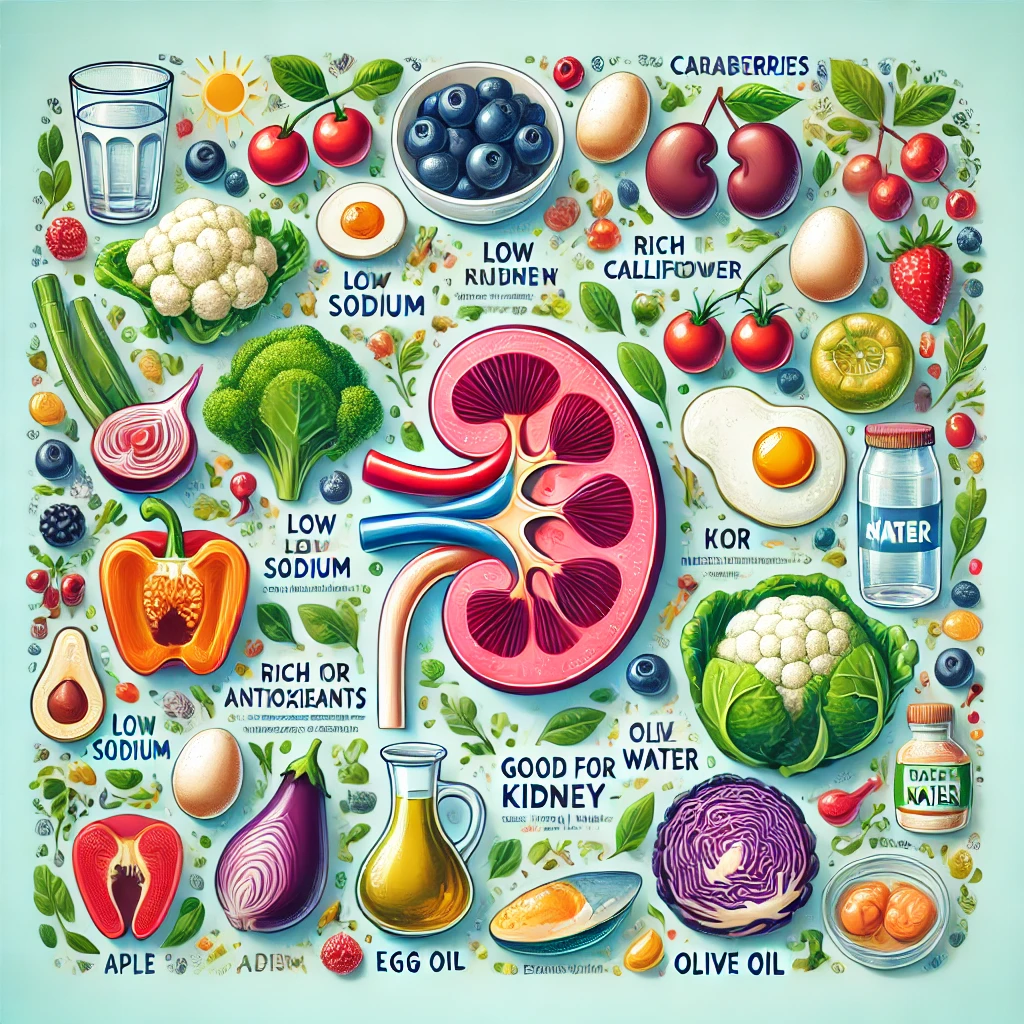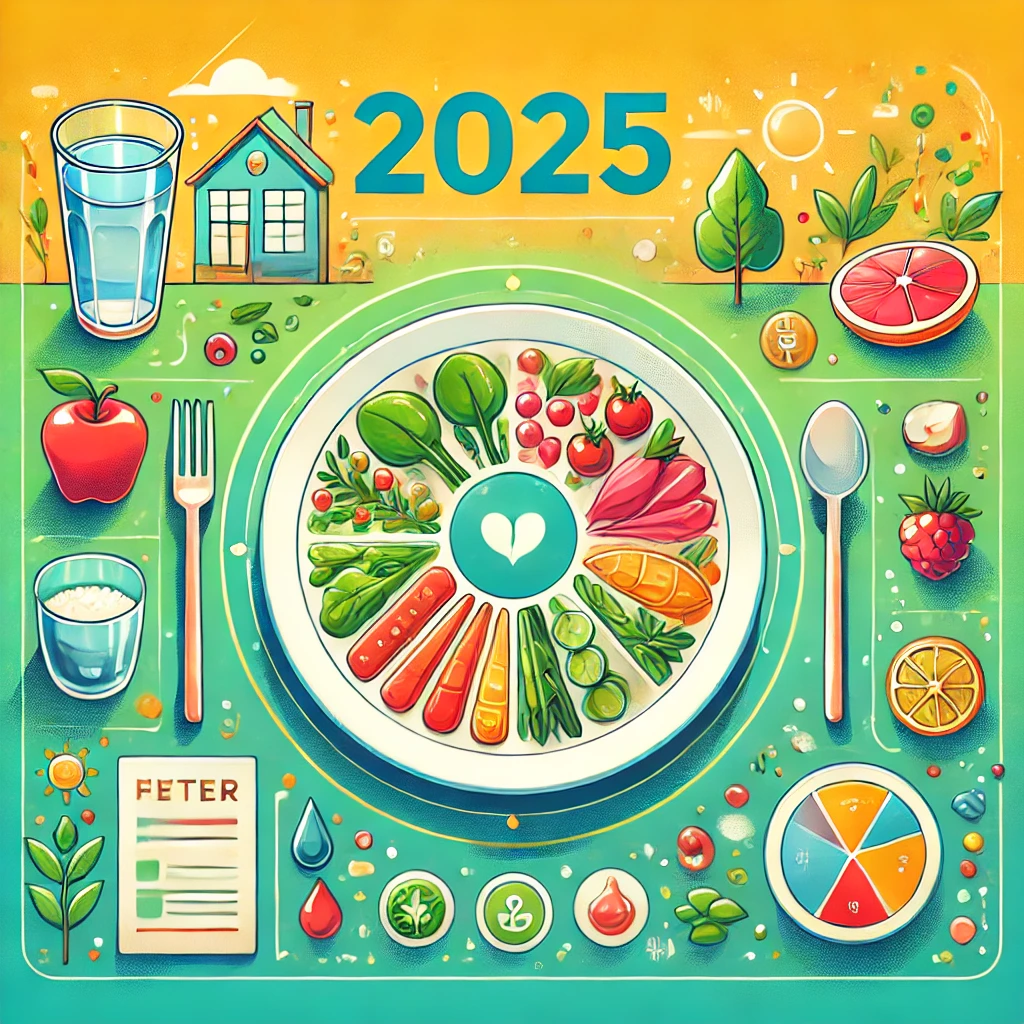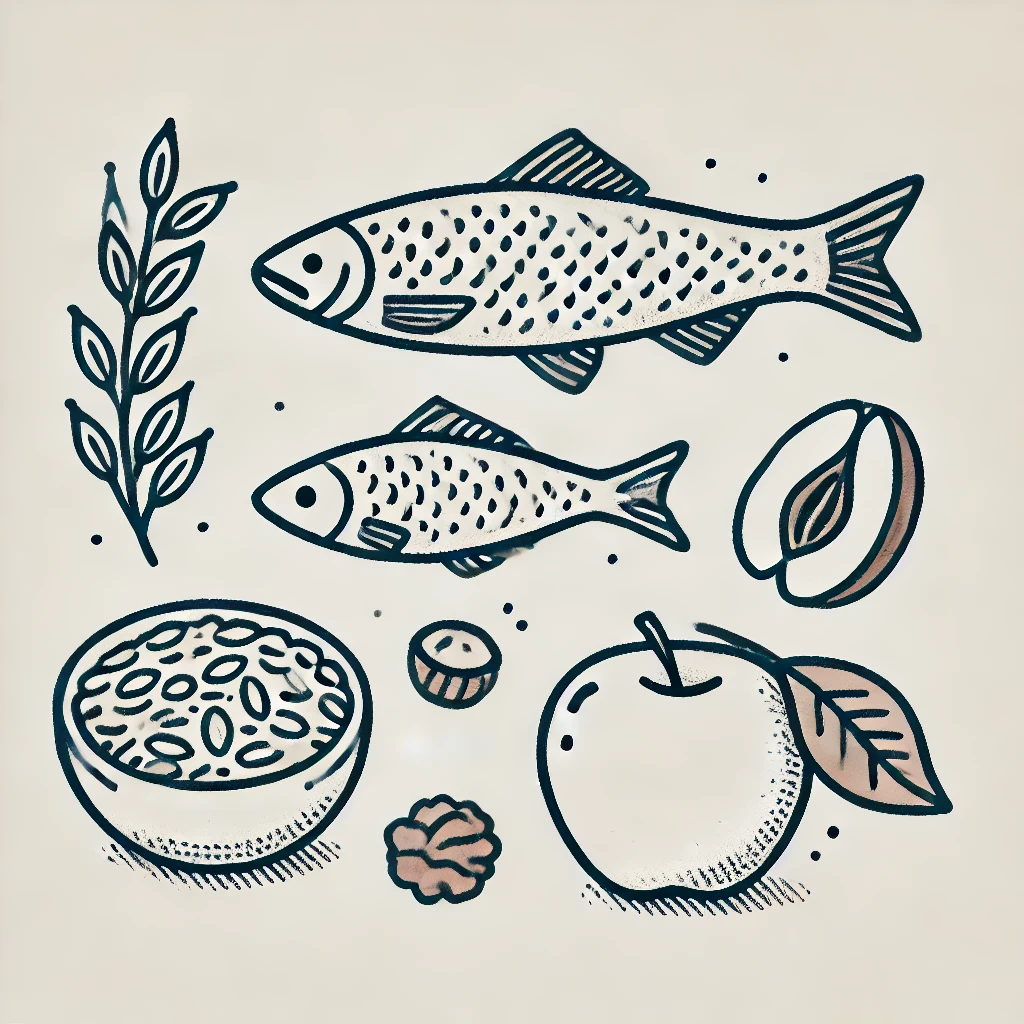Stabilize Your Blood Sugar! Choosing the Right Carbohydrates for Diabetes
Quick 5-Second Health Tips ✅ ✔ Replace white rice with brown rice, oats, and whole wheat. ✔ Eat plenty of fiber-rich vegetables and legumes. ✔ Choose low-GI foods (sweet potatoes, oats, chickpeas). ✔ Reduce simple… Stabilize Your Blood Sugar! Choosing the Right Carbohydrates for Diabetes
